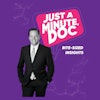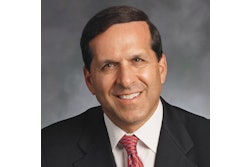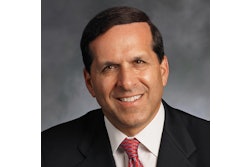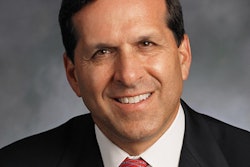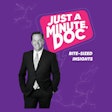
In my lecture this year at the Academy of General Dentistry meeting, I went over six key targets that every practice should be tracking and designing systems to achieve. In this article, I will share three of those targets that can be quickly implemented to make a difference in your practice.
The first target, and arguably the most important for any dental practice, is to establish an annual production goal. Only when you know what you are trying to achieve can you then design methods to make it happen.
If you are unsure where to start with this, I recommend that most practices set a production growth goal of 18% in the next 12 months. Once you set a goal, the only question is how to get there.
- First, you can reactivate any patients that do not have their next appointment. Yes, that is exactly what reactivation means. If a patient has not scheduled their next appointment, there is a greater potential that they will be delayed, causing a loss of practice revenue. Unscheduled patients may never come back, causing the loss perhaps of their entire family. By setting time aside every day to contact patients without their next appointment and working to get them scheduled using customer service scripting, you will most certainly improve overall practice performance.
- Second, take advantage of the production opportunity present in almost every hygiene department. Levin Group has repeatedly demonstrated that the dental hygiene program can increase production by 20% easily and quickly. Strategies to do this include diagnosing all periodontal disease, catching up on x-rays and fluoride, identifying treatment to be formally diagnosed by the dentist, etc. Intentionally focusing on these three strategies alone could generate tens of thousands of dollars in production per year.
- Third, develop a true accelerated scheduling model in which doctors efficiently and smoothly flow between two or three rooms with highly trained assistants. Higher production, based on a schedule that is mathematically constructed around this approach, will follow.
The next target is to establish a daily production goal, which is quite easy since you've already established the annual production goal (above). You simply divide the annual production goal by the number of days you plan to work over the next 12 months. That becomes your daily production goal.
But the key is not simply to have a daily production goal but knowing how to achieve it. You should review the daily production goal every day in the morning meeting. Start by reviewing yesterday’s goal and determining whether you were above, on, or below target. Then review today's projected production to determine if you are on target to hit the goal.
Throughout each day staff members at the front desk should have preset times where they check the schedule and production against the goal for that day. If the practice is behind, there are options to catch up, such as same-day treatment, bringing in an elderly patient sooner, suggesting to any new-patient callers that they come in that day when possible, and other strategies.
These strategies work if the front desk staff checks the schedule five times a day at preset times to determine if they are on goal. The simple truth is that most practices never check their progress toward the daily goal during the day. They simply tally it up at the end of the day and determine whether or not they achieved it. If they did not achieve it, it is certainly too late to do anything about it at that point.
The third target to focus on is overhead. In 2022 and 2023 practice overhead increased by almost 11% in many practices. Why? The first and biggest answer is the staffing crisis. Many practices increased staffing costs by 10%, and when added to the general inflation occurring during those years, overhead increased significantly.
There are only two ways to address overhead: lower costs or increase production (or both). Lowering costs is always good, but at the most, you might lower them by 4% or 5%. This means that reducing overhead expenses is a limited strategy, although a good one.
The other strategy is to increase practice production, which has an unlimited upside. Even if overhead expenses go up, as long as production goes up, profits continue to increase. And profit determines income. You want to keep all three of these metrics strong -- the definition of a successful practice. Reviewing overhead regularly and looking for waste is an excellent business approach. Having strategies in place to grow production is an even better business approach.
Summary
Dentistry is a business and needs to have achievable targets set to drive success. You establish the targets based on the current status of the practice and how much progress you believe can be made. Unfortunately, most practices do not address targets; they simply rely on filling the schedule to achieve goals. The problem is that filling the schedule, while a good idea, does not necessarily represent progress in the practice.
In an era where the average retirement age of a dentist is now somewhere around 70, it is more essential than ever to have excellent management systems and targets that the systems allow you to achieve. Only by understanding the key statistics of the practice and setting targets will most practices develop the strategies necessary to maximize practice performance and production.
Dr. Roger P. Levin is CEO of Levin Group, a leading practice management and marketing consulting firm. To contact him or to join the 40,000 dental professionals who receive his Practice Production Tip of the Day, visit LevinGroup.com or email [email protected].
The comments and observations expressed herein do not necessarily reflect the opinions of DrBicuspid.com, nor should they be construed as an endorsement or admonishment of any particular idea, vendor, or organization.


